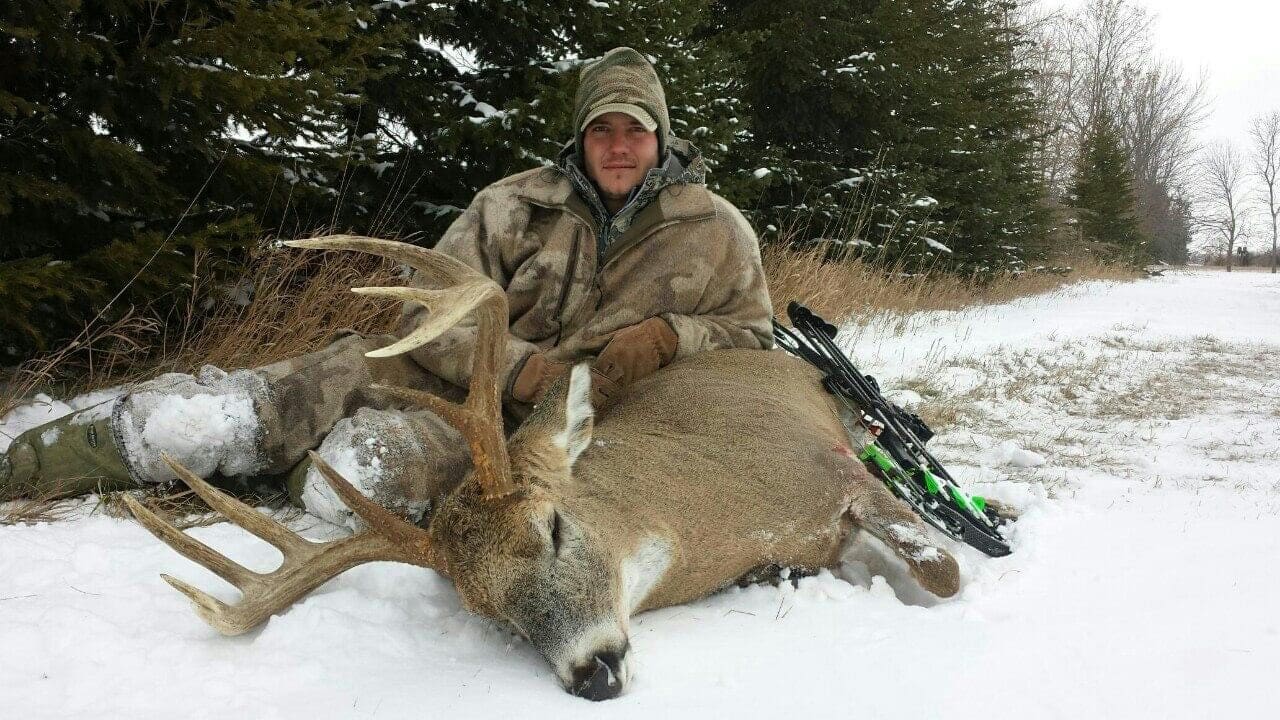
Sign in
Sign in to save favorite properties and equipment, save your search parameters and more
Don’t have an account yet? Sign Up Now
Sign up
Already have an account? Login Now


Sign in
Sign in to save favorite properties and equipment, save your search parameters and more
Don’t have an account yet? Sign Up Now
Sign up
Already have an account? Login Now
When it comes to buying hunting property, Jake Hyland of Hayden Outdoors knows plenty about both. As a broker associate specializing in farm, ranch, dairy stockyards, timberland, and hunting properties, he’s walked thousands of acres on hundreds of farms and ranches throughout the U.S. He’s your go-to guy if you have questions about water and mineral rights, especially in his territories of Colorado, Wyoming, and South Dakota. And when it comes to hunting, his knowledge runs just as deep. Jake has guided trophy elk and deer hunts, pheasants hunts, and waterfowl hunts on some of the most coveted private hunting land in the country. Recently, Jake took a minute to venn diagram his extensive understanding of recreational real estate and spring deer habitat management to talk about spring habitat management for deer hunting to ensure you have a successful hunting season in the fall.

Jake notes that deer behavior in the spring is very regionalized. “If you’re in Colorado, Montana, or Wyoming, those big game animals – it doesn’t matter if it’s mule deer, elk, whitetail, or pronghorn – they’re going to be migrating. In the spring, these animals are still in their winter range and they’re getting ready to start the reverse migration back up to where they’re going to spend most of their summer.” Jake contributes this nomadic behavior to weather patterns. The more snow in the mountains, the more likely deer are to move to areas with less snow and more exposed food.
Conversely, when you get to Eastern Colorado, Nebraska, and South Dakota, deer tend to be less nomadic. “They have a more regionalized home base, which still may be a few miles, but you’re not talking about hundred-mile migrations. So on properties in this region, the deer have just been hunkered down for the winter. Generally, you’ll find them congregating around large agricultural fields and places with a lot of good thermal cover.”
Other things to consider are that does can be pregnant during this time, trying to consume and conserve calories, so they will need to be near ample food and water sources. As spring progresses, big agricultural fields where many deer find safe haven will be plowed up, which will influence the animals’ patterns. “At that point the deer will switch to their summer patterns, browsing newly budded tree limbs and wild plants before transitioning back to row crops.”
It’s a well known sales tactic to show property mid-summer. Trees are full, flowers are blooming, prairie grasses sway in the breeze. But Jake takes a different approach. “March 1st until mid-May is my favorite time to look at hunting property with potential buyers. From a hunting perspective, that’s the time of year I want to see it.” He feels spring is the best time to look at potential hunting properties for a number of reasons, including:
When assessing a hunting property:
When he’s scoping the land, Jake works with his clients to walk it corner to corner, and then begins coming up with a plan for how to make the property better, which leads us to ways to improve the land.
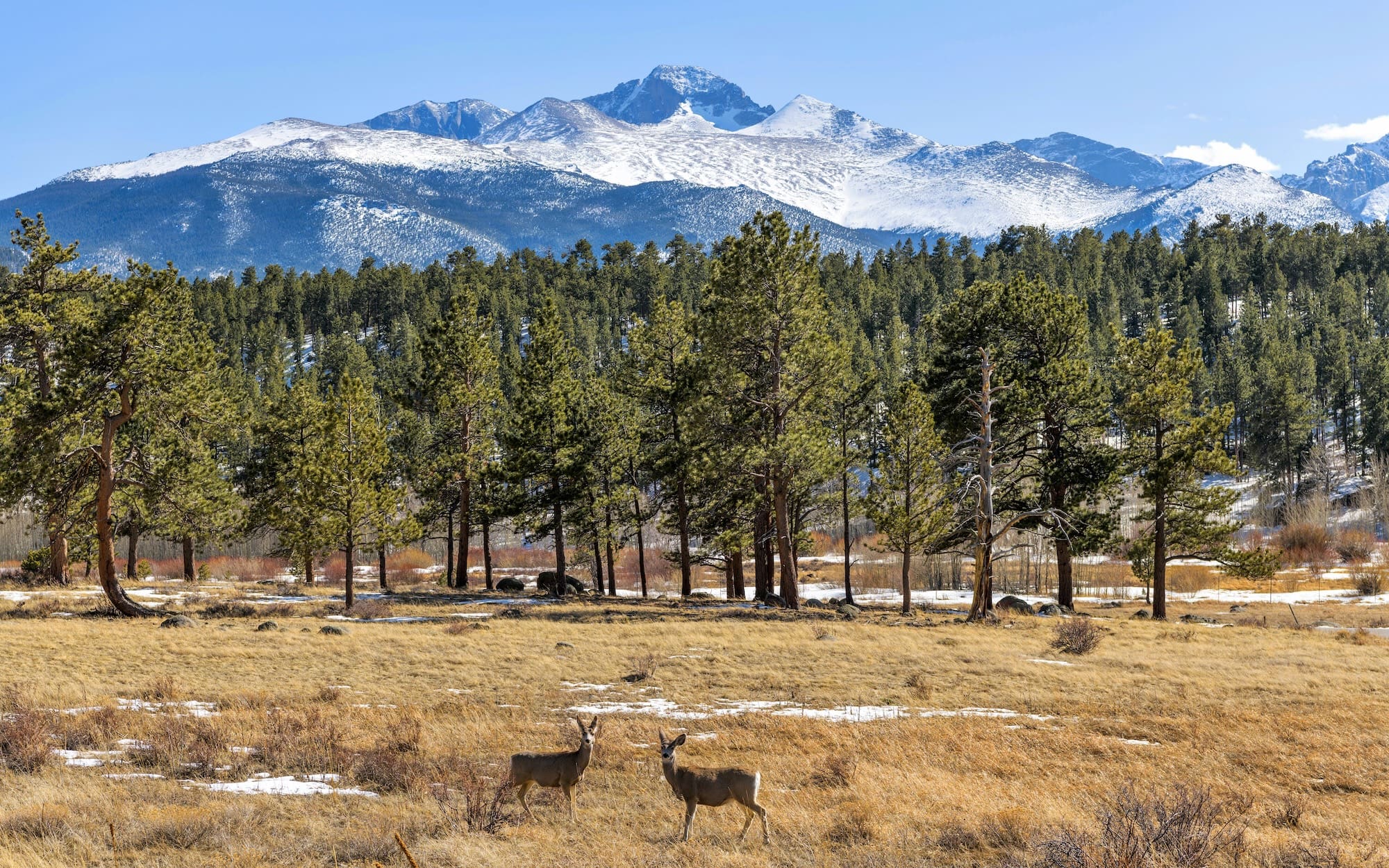
Like all animals, a deer’s survival depends on three key fundamentals. “Food, cover, and water are the three ingredients animals need. They want food. They need cover and water.” These three necessities provide an excellent framework for your deer hunting land improvement plan.
One of the main ways you can improve your deer hunting property in the spring is by planting and maintaining food plots. Jake notes that food and mineral plots for wildlife are very specific region by region, so make sure to check the regulations in your area. The regional characteristics also determine what kind of food your deer will be looking for. For example, in plains areas like Nebraska, your hunting property might border a large corn field where the deer get plenty to eat. In the West, the food plot you plant can entice the animals onto your property. Jake’s rule of thumb is, “Offer your deer something they’re not getting on the neighbor’s property. If you can’t compete with your neighbor’s bedding, then offer the deer a better food plot or water source, such as a pond, spring, or installing an artificial tank.”
If the deer can find a belly full of corn and grain not far away in an open field, consider providing better cover and water sources that draw them onto your land. Alternatively, if the nearby state forest has an abundance of places to hide, think about putting in a small pond or food plot.
You can also improve edge habitat for the deer. Edge habitat is where two different habitat types come together, and deer spend a lot of their time in this type of area. Some things you can do in the spring to improve edge habitat for the deer are:
These methods allow new foliage to grow, providing fresh cover and food for the animals. If you’re weighing the time, money, and energy costs of both methods, Jake recommends the latter. “Strategies like clearing out trees and prescribed burns require a lot less equipment than food plots. Food plots are invaluable, but there are other more cost- and time-effective methods for improving your deer hunting land.”
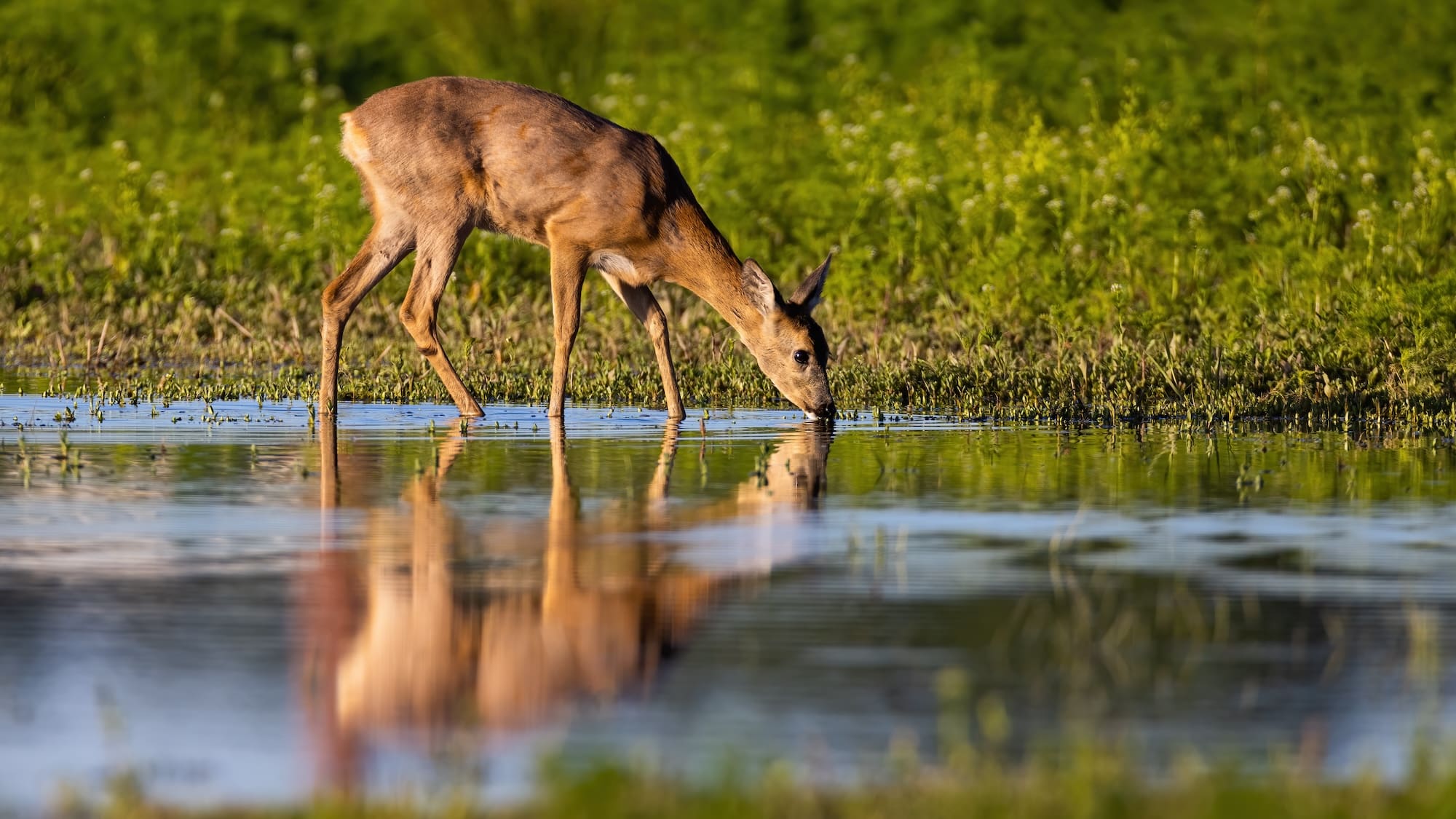
Water sources are another key feature of any successful deer hunting property. “Water is something that is overlooked in most regions. Deer will need to hit a water source every day at a minimum.” If you don’t have natural water sources on your property, you’ll want to create or install one. Deer-friendly, man-made water sources can include:
Finally, make sure the deer can move freely and easily throughout your property. Clear barriers to entry onto your land, such as old fencing and large downed trees and roots. Providing animals logical and accessible ways to move through your land will help ensure they return year after year.
The trail cam industry has come a long way in recent decades. What used to require a trip wire and a visit to your local photo developer now relies on real-time technology and movement-triggered images. “I leave my trail cams out on my farms year-round. If you can help build the full story of the deers’ existence on your property, starting in the spring, you can put the pieces of the puzzle together and learn how you can make your property better.”
Spring is also a great time to assess the conditions of your hunting blinds. Most branches are still free of leaves and other obstructions, similar to how they will be in the fall during hunting season. “Your chances of disturbing deer go way down if you move big blinds around in April or May versus later in the year.”
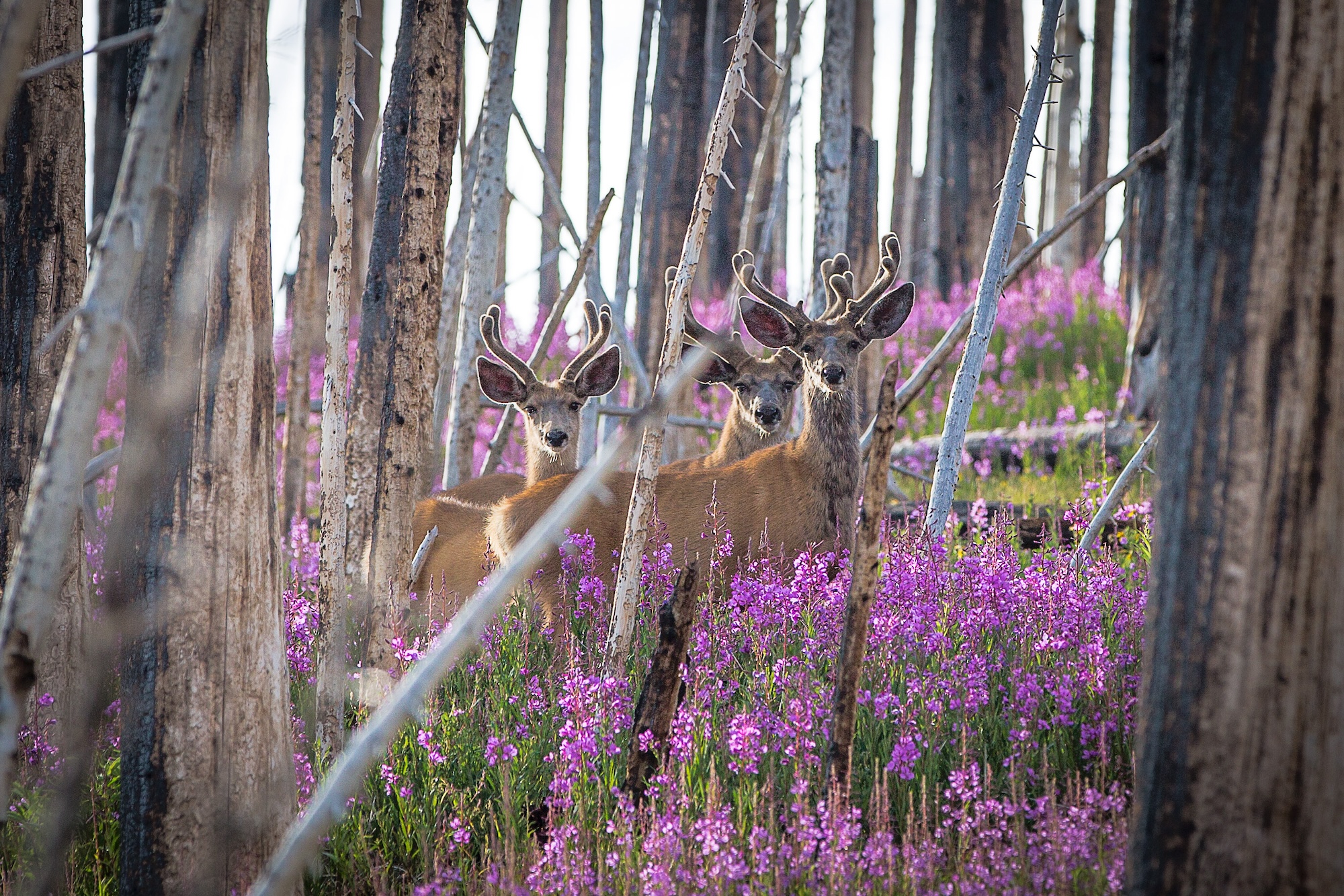
One of the biggest factors when it comes to ensuring a healthy deer population on your property is predator control. Jake emphasizes the importance of checking with your local regulators on what is allowed. “Coyotes can have a very big impact on doe retention rates and fawning. If coyote numbers are really high and deer have had a tough winter, predation can make a really big swing in the pendulum in just one year.” He recommends reaching out to your local NRCS to find information on local trappers. Most organizations will offer a cooperative agreement with state and local government agencies, sharing the costs of the effort with the land owner.
You’ll also want to patrol your property for invasive plants. While deer typically avoid eating invasive plants in favor of more flavorful, nutrient-rich naturally occurring plants, a deer population can alter the biodiversity of your land. Work with local organizations and ecologists to ensure your property is free of harmful invasive species.
Additionally, be mindful of diseases in your area that can impact deer herds. Jake makes the point to rely on trail cams to help monitor deer populations. “If you’re in an area that has suffered a disease and you feel your herd numbers are going down, you can mitigate how many animals you harvest in the fall.”
Tracking deer populations on your hunting property is a good way to help maintain healthy herd sizes. Make sure to be diligent about collecting annual data. Jake encourages hunters and property owners to be mindful of herd numbers and demographics and adjust their hunting limits accordingly. “If you’ve historically taken two mature bucks and five does, maybe switch that up and not take any does in years when herd numbers are down. Or maybe you leave one management buck but still go after two trophy-class deer. In other years, it might be the opposite and you need to up your management plan and harvest more does because they’re hounding the resources on the land.”
Jake once again relies on trail cams and property data to create a complete 12-month synopsis. As your deer hunting property grows and matures, it’s important to make continual improvements to the land, helping to cultivate healthy deer habitat and populations.
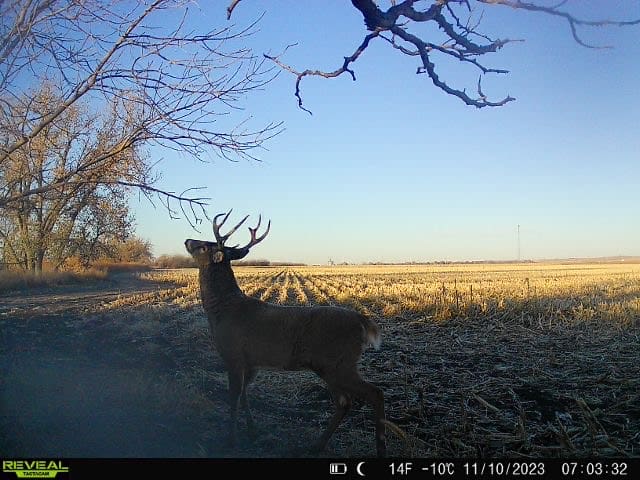
Deer hunting property is a specific kind of real estate. But to Jake, it’s much more than that. “This is probably one of the biggest investments of your life, but it doesn’t do any good if you go buy 100 acres and it doesn’t have any animals on it.” He’s a big believer in working with a recreational real estate agent who not only knows the area, but hunts in the area. “Someone who’s familiar with the area. Someone who maybe even owns land in the area. That means they’re personally invested in it.”
If you’re in the market for a viable, successful deer hunting property – one that can become a legacy property, passing from this generation to the next – make sure you look to the experts; people who know a thing or two aboeut ranch and recreational properties because that’s where they grew up, and that’s where they live and hunt today.
